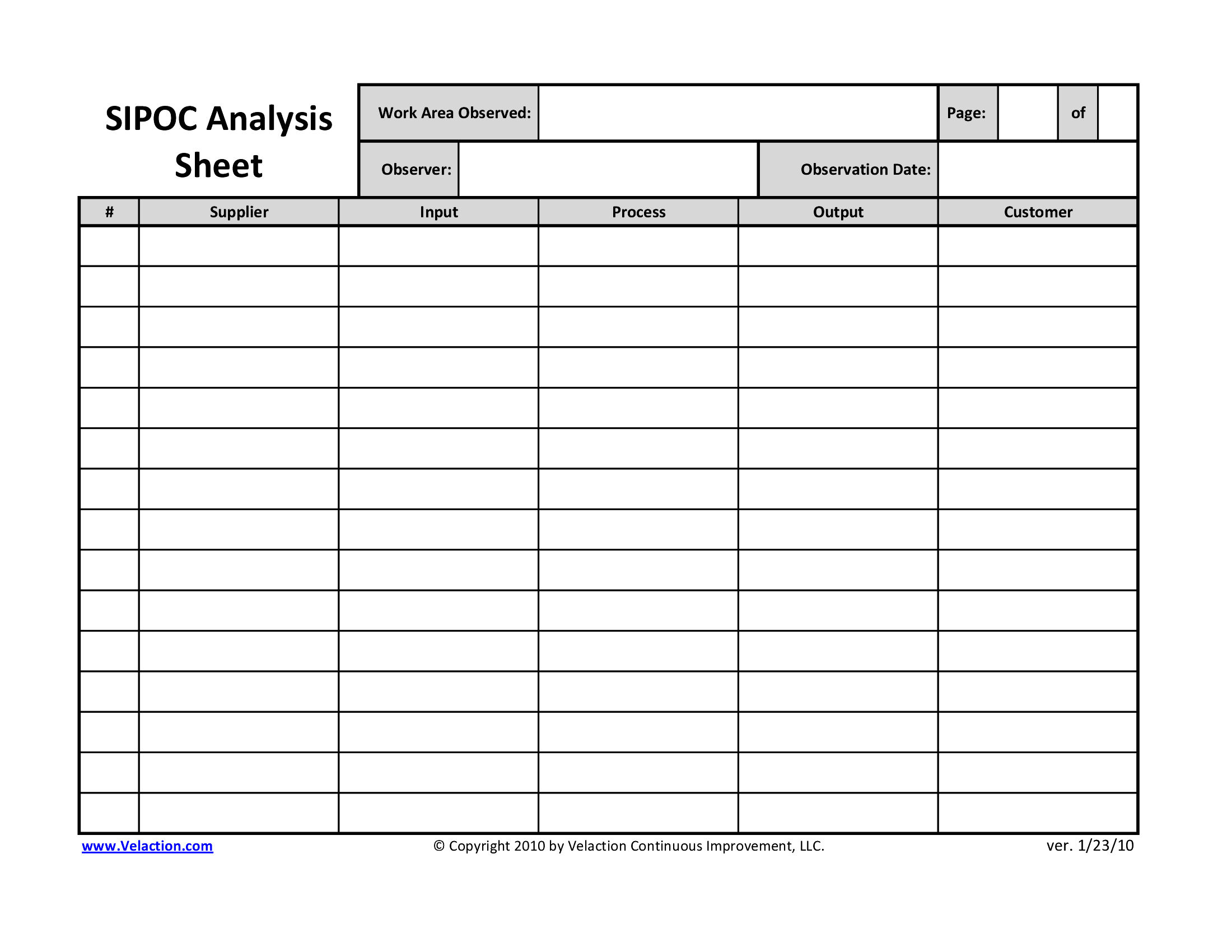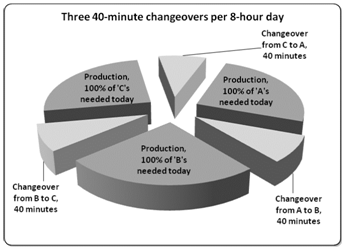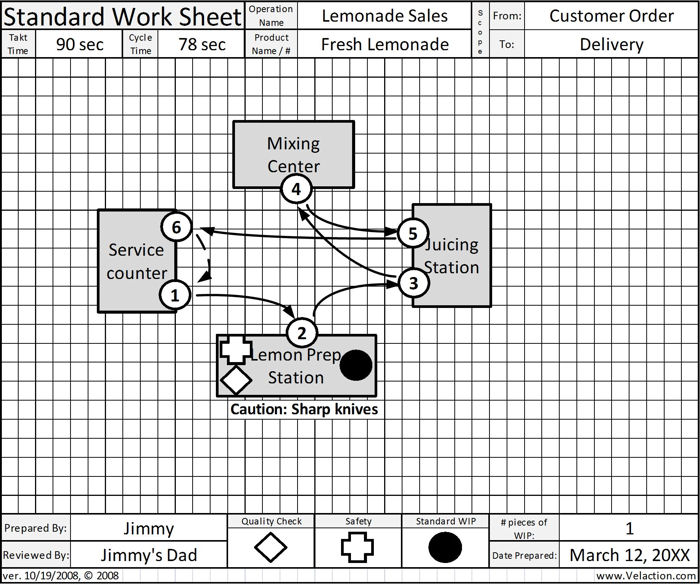Stopgaps
Stopgaps are simply temporary measures put in place to prevent the defects from a known problem within a system, process, or product from escaping to a customer. This is in stark contrast to a countermeasure, in which a permanent solution is implemented. Stopgaps are intended to be temporary, but they Read more…


